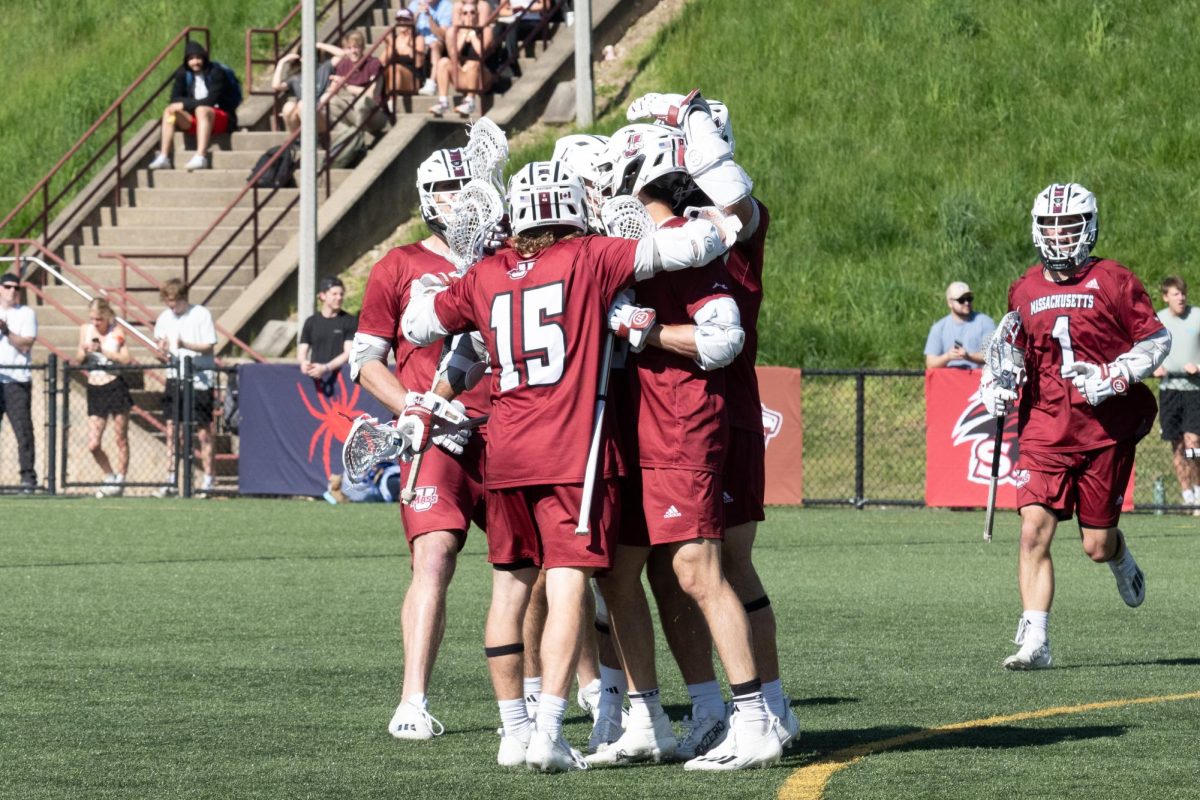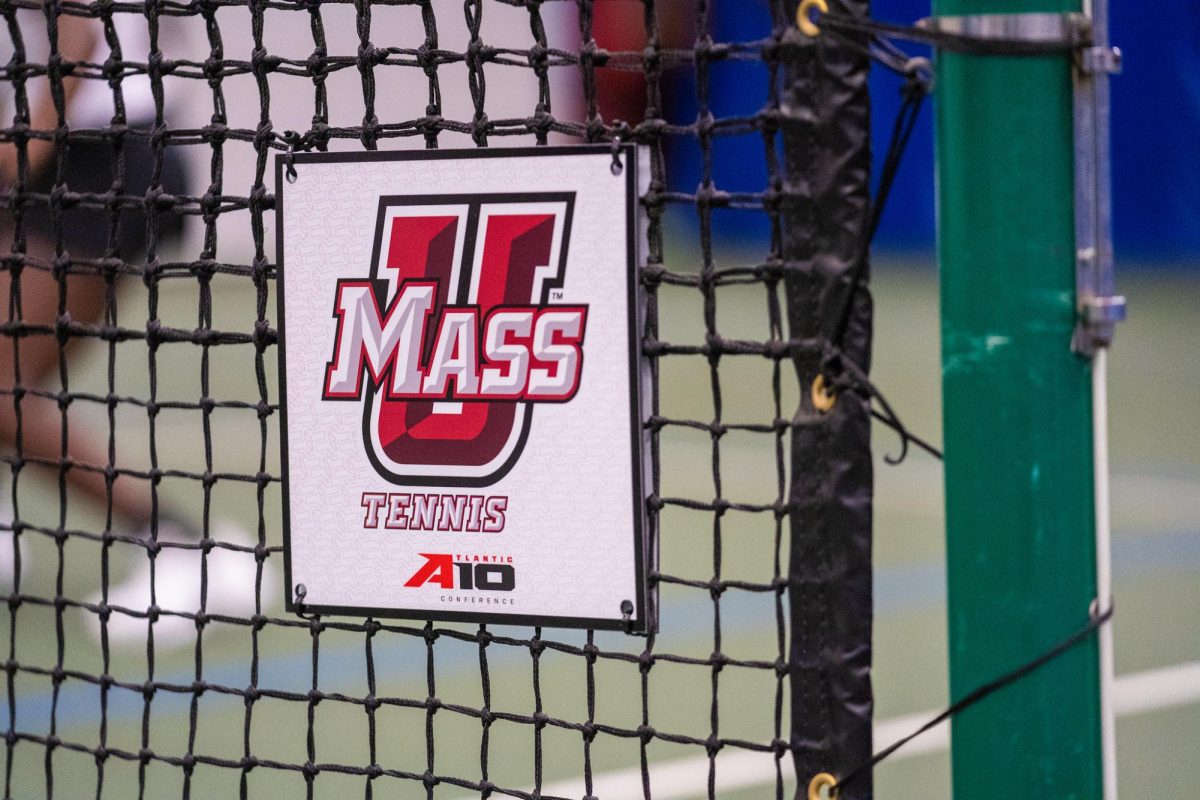The University of Massachusetts Board of Trustees finance panel voted last week to increase student fees by 3.1 percent.
This means the projected student costs for the 2008-09 school year are $18,346 in state and a whopping $29,843 for out-of-state students. Sensing that these increases may be greeted with disapproval, a recent UMass press release laid out a three-tier justification of the increases.
First, the University contended that the rise in tuition and fees was below the rate of inflation. Second, it maintained that most of this money would return to the students through increases in financial aid awards, hiring of faculty and renovation projects.
Lastly, the Board of Trustees pointed out that the cost of a UMass education is much less than the cost of a private school education. These are all valid arguments, yet they obscure many other underlying facts about the nature of public education.
First, let’s deal with the issue of inflation. The fee increase of 3.1 percent is certainly under the rate of inflation for the Northeast in the last quarter (which the Consumer Price Index lists as 3.6 percent), a feat the UMass system has managed to accomplish for the past five years.
Unfortunately, these numbers do not tell the whole story. While the University has managed to keep increases in fees under the curve of inflation, this may be because inflation is rising at a pace the University cannot keep up with.
As unemployment increases (4.8 percent in February), and the economy slows, we may be headed for more than a recession. If these numbers remain consistent over a long period of time, we may see the reappearance of stagflation.
Inflation will skyrocket and families will not be able to afford to send their children to college. Even with additional financial aid packages, these increases may be enough to keep deserving prospective students away from quality secondary education.
This leads to the second problem. The University has pledged to channel 20 percent of revenue from these fee increases into more financial awards for students. Increasing the paltry number of financial aid awards is certainly an idea long overdue.
The problem is that the increases in awards do not amount to much, especially since college loan companies are suffering due to fallout in subprime loans and the credit crunch.
The Massachusetts Educational Financing Authority has allowed thousands of students (including myself) to take out loans in order to pursue a college degree. Due to worry among investors, however, MEFA has so far been unable to secure financing for the loans it doles out.
Like it or not, loans are a vital part of modern collegiate life. With costs through the roof, it is difficult to pay upwards of $17,000 out of pocket. This means students need some sort of financial help to pay their way through college. If the means of securing these financial investments dries up, then increased financial aid awards will be too little too late.
As a final argument, the Board of Trustees repeatedly reiterated the fact that a public university education at the University of Massachusetts is cheaper than the average Massachusetts private school education. It’s hard to argue against this point. Even with fee increases, the average private secondary education in Massachusetts is over $22,000 more expensive than that of UMass Amherst.
Comparing the two, however, is like comparing apples with a Rolls Royce. Of course private schools cost more.
The “private” moniker denotes independence from the state in terms of curricula, teaching methods and, most importantly, funding.
The goal of a public university, on the other hand, is to “provide an affordable and accessible education of high quality,” as laid forth in the UMass mission statement. It’s clear the problem does not lie solely with the UMass Board of Trustees. While fees have increased over the past several years, these increases probably have more to do with economic realities than attempts to cheat students.
Instead, the problem is indicative of the way in which we treat education in this country. On the one hand, we celebrate the abstract concept of public education, believing it to be a good measure of the success of a democratic society.
On the other hand, governmental programs and entities fail to reflect this mythical view of public education (especially at the collegiate level). They treat the system more like a business meant to secure higher profit margins by letting students and parents foot the bill for their schooling. While the Patrick administration is certainly doing more to aid the UMass system, it’s not enough. I realize it’s naively foolish to believe government will eventually foot the bill for higher education, but there are steps that can be taken to alleviate the pressures on families and students who want the education they are entitled to have.
Many of us who graduate tend never to look back at the system we’ve left. Instead of thinking of education in terms of its public benefits, or as a vital societal need, we see our tax dollars “wasted” on a system that provides no immediate benefit to us.
That’s an attitude we need to shift if we ever want to see further progress within our democratic nation.
Dan Nicastro is a Collegian columnist. He can be reached at [email protected].






